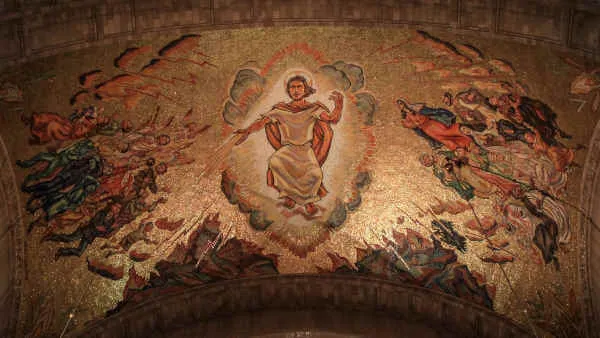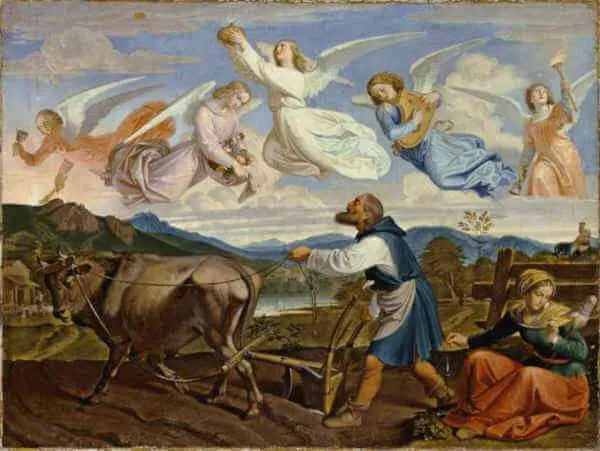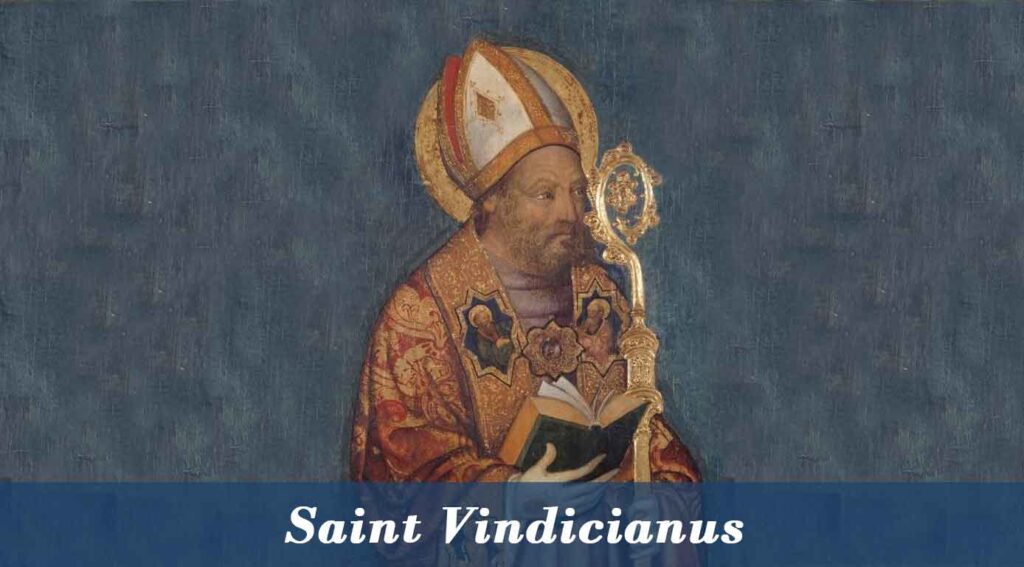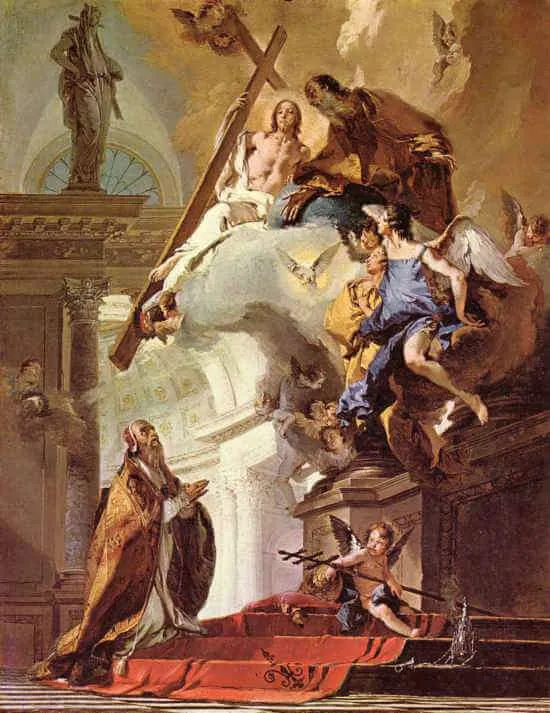Late Twelfth–Early Thirteenth Century; Patron Saint of Bolivia and the Carmelite Order; Invoked for those in Purgatory
At the base of Mount Carmel, on the northwest coast of Israel, lies a Carmelite monastery named Stella Maris, Latin for “Star of the Sea.” This monastery is built over a cave believed to have been where the prophet Elijah, inspired by God, challenged 450 prophets of Baal in a contest to the death. Elijah triumphed. Shortly after, Elijah prophesied the end of a three-year drought when, in the passage above, his servant reported to him that he saw a “cloud as small as a man’s hand rising from the sea.” That small cloud quickly transformed into a heavy rainfall over the parched earth. Later Carmelites interpreted Elijah’s vision as a prefiguration of the Blessed Virgin Mary. She was seen as the small cloud rising from the sea, a true “Star of the Sea,” and the rain that would emerge from her to end the three-year drought was perceived as the grace and mercy poured out by her Son, Jesus.
It is believed that following the time of Elijah, other hermits emulated Elijah and his successor, Elisha, by becoming hermits in the caves of Mount Carmel. Although some traditions hold that these holy hermits embraced Christ and lived on this sacred mountain from the time of Christ, written records only confirm their presence from the thirteenth century onwards. It was then, in 1209, that a group of hermits asked Bishop Albert, the Latin Patriarch of Jerusalem, to provide them with a rule of life. Bishop Albert did so, and the Order of Brothers of The Blessed Virgin Mary of Mount Carmel, later known as the Carmelites, was formed. One of their first acts was to erect a chapel dedicated to Mary, Star of the Sea, Stella Maris. In 1226, their rule was approved by Pope Honorius.
Shortly after the order’s founding on Mount Carmel, Muslim invaders conquered nearby territories, leading some of the hermits to flee from the Holy Land to other parts of Europe, including Aylesford, England. Though records are uncertain, it is believed that one of the first men to join the Carmelite hermits in England was a man named Simon Stock. The Carmelites were a new form of religious life, living as hermits rather than as a more ordered community like the Benedictines, Cistercians, and Augustinians. As a result, they found it challenging to gain wide acceptance. In 1247, Simon Stock is believed to have been elected Superior General of the Carmelites at the age of eighty-two. In an attempt to help the new order gain wider acceptance within the Church, Simon and his fellow hermits sought out the intercession of the Blessed Virgin Mary. She responded and, in 1251, appeared to Simon while holding the Christ Child in one arm and a brown scapular in the other. She said to him, “Receive, my beloved son, this habit of thy order: this shall be to thee and to all Carmelites a privilege, that whosoever dies clothed in this shall never suffer eternal fire…It shall be a sign of salvation, a protection in danger, and a pledge of peace.”
In the centuries that followed, the Carmelites continued to develop a deep devotion to the Blessed Virgin Mary, especially clothing themselves in the scapular habit and developing liturgies in her honor. In the fifteenth century, the Carmelite order expanded to include women in religious service and also developed into a lay third order. In 1726, Pope Benedict XIII placed this Carmelite devotion to our Blessed Mother on the universal calendar of the Church under the title of Our Lady of Mount Carmel.
Throughout the centuries, many popes have spoken in favor of the scapular and devotion to Our Lady of Mount Carmel. In 1908, the Congregation for Indulgences at the Vatican issued a summary of this devotion as follows:
It is permitted to the Carmelite Fathers to preach that the Christian people may piously believe in the help which the souls of brothers and members, who have departed this life in charity, have worn in life the scapular, have ever observed chastity, have recited the Little Hours of the Blessed Virgin, or, if they cannot read, have observed the fast days of the Church, and have abstained from flesh meat on Wednesdays and Saturdays (except when Christmas falls on such days), may derive after death—especially on Saturdays, the day consecrated by the Church to the Blessed Virgin—through the unceasing intercession of Mary, her pious petitions, her merits, and her special protection.
As we honor Our Lady of Mount Carmel, we honor not only our Blessed Mother but also her central role in the Carmelite orders and the devotions to her that they have promoted, especially the devotion of the scapular. Reflect on your own devotion to our Blessed Mother. If you wear the scapular, renew your faith in her motherly intercession that is obtained through this holy devotion. If you do not wear the scapular, consider doing so as an outward sign of your interior devotion to her and your trust in her intercession.
Source: https://mycatholic.life/saints/saints-of-the-liturgical-year/july-16—our-lady-of-mount-carmel/








